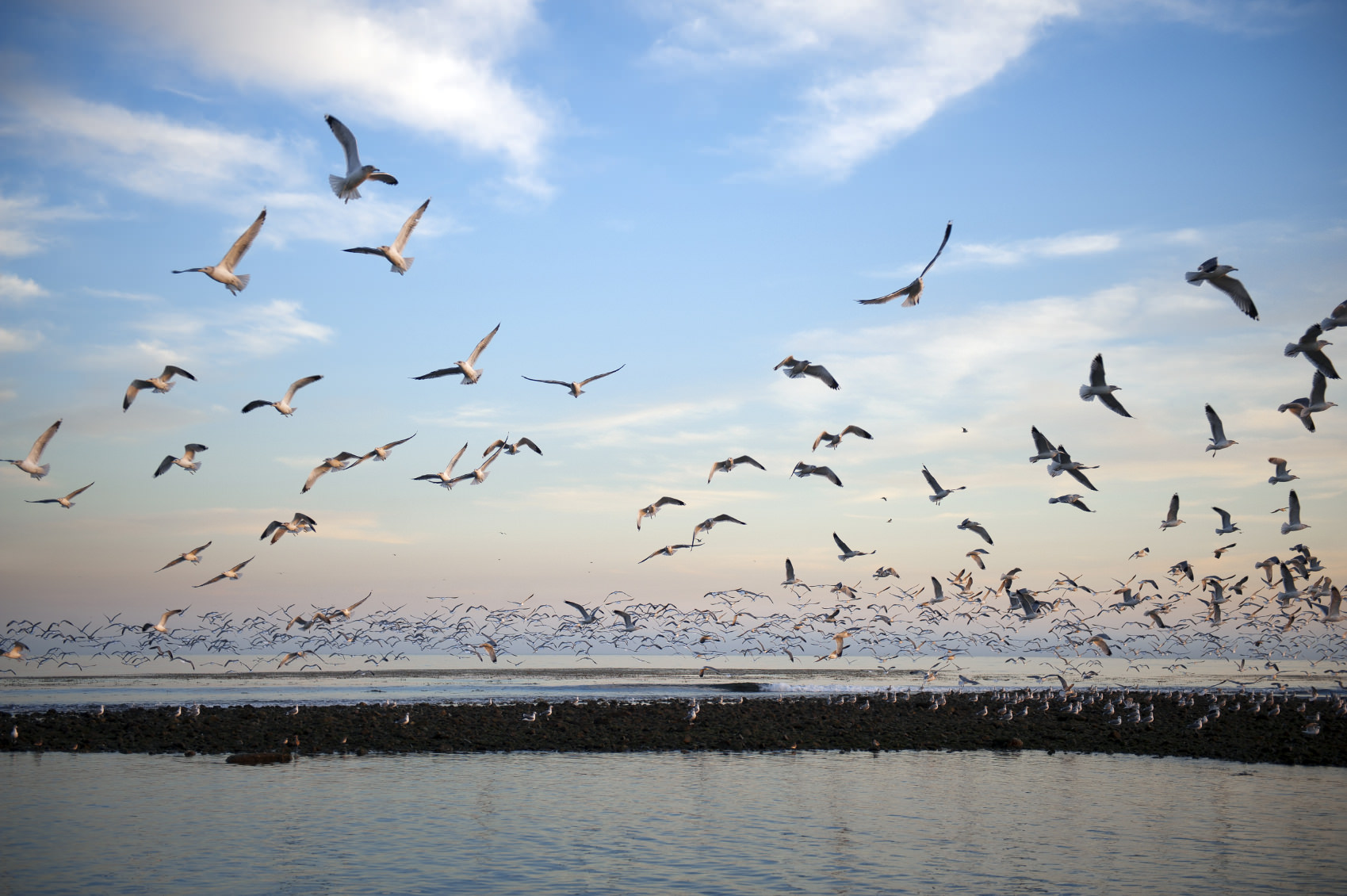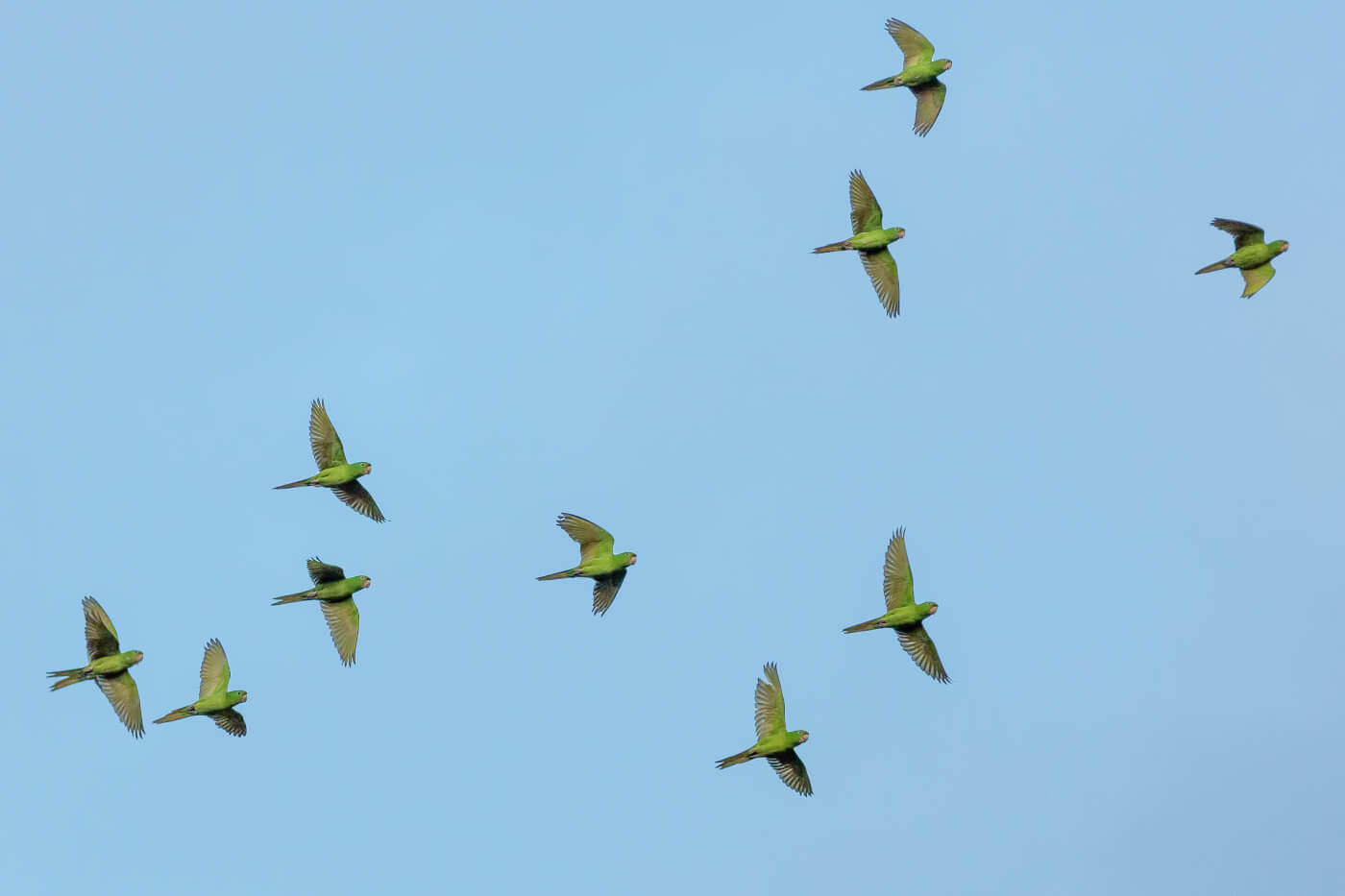

Though it is widespread and abundant, its numbers have declined in some areas. It has also often been kept as a pet, as well as being a food item and a symbol of lust, sexual potency, commonness, and vulgarity. It is extensively, and usually unsuccessfully, persecuted as an agricultural pest. Its predators include domestic cats, hawks, and many other predatory birds and mammals.īecause of its numbers, ubiquity, and association with human settlements, the house sparrow is culturally prominent. It feeds mostly on the seeds of grains and weeds, but it is an opportunistic eater and commonly eats insects and many other foods. Though found in widely varied habitats and climates, it typically avoids extensive woodlands, grasslands, and deserts away from human development. The house sparrow is strongly associated with human habitation, and can live in urban or rural settings. Its intentional or accidental introductions to many regions, including parts of Australasia, Africa, and the Americas, make it the most widely distributed wild bird. One of about 25 species in the genus Passer, the house sparrow is native to most of Europe, the Mediterranean Basin, and a large part of Asia.


Females and young birds are coloured pale brown and grey, and males have brighter black, white, and brown markings. It is a small bird that has a typical length of 16 cm (6.3 in) and a mass of 24–39.5 g (0.85–1.39 oz). The house sparrow ( Passer domesticus) is a bird of the sparrow family Passeridae, found in most parts of the world. Passer arboreus Bonaparte, 1850 ( preoccupied)


 0 kommentar(er)
0 kommentar(er)
